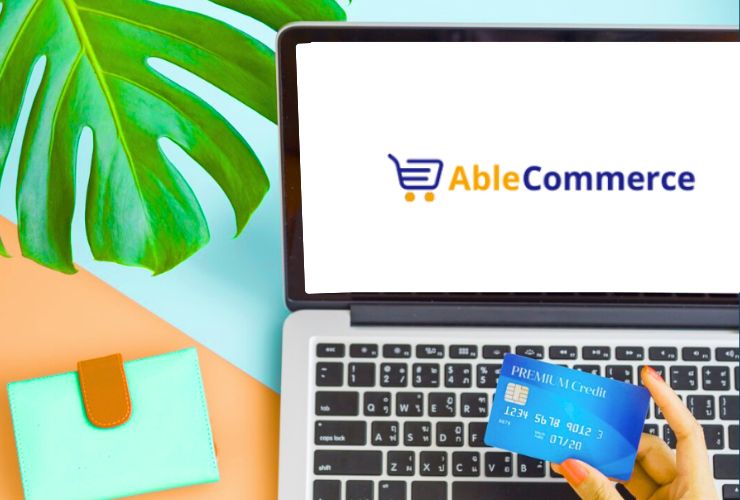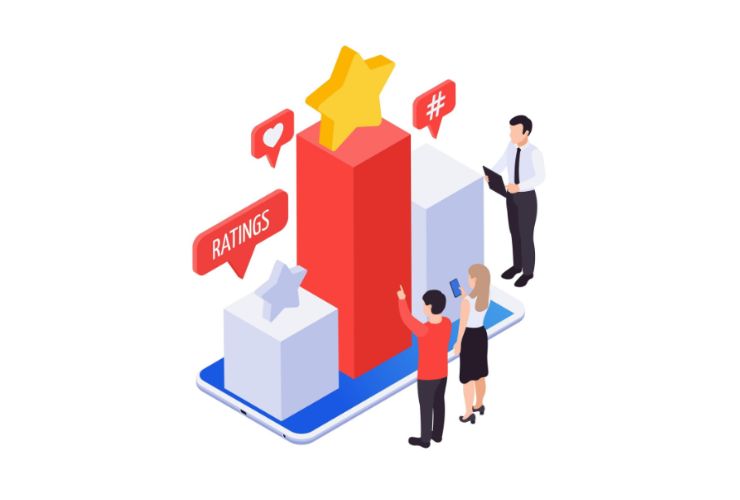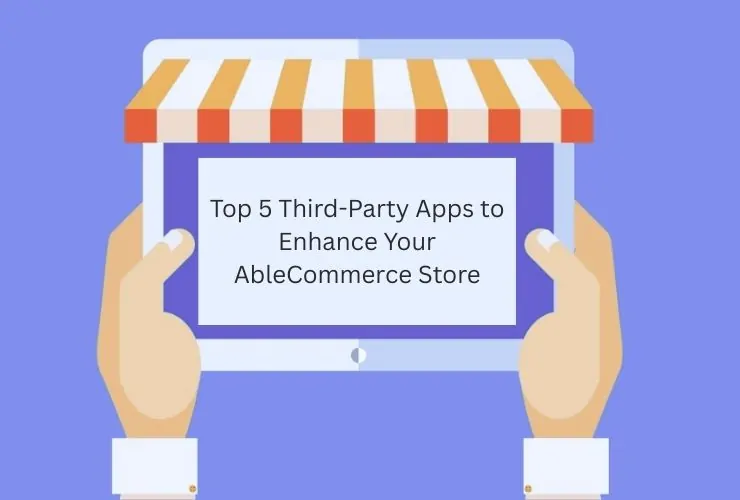With the current mobile age, more consumers are shopping and browsing on their tablets and smartphones. If you’re an owner of a store operating an e-commerce business using AbleCommerce, it is highly important to optimize your store as mobile-responsive so that you can offer the optimum shopping experience to customers across various devices. Mobile-responsive design helps you increase customer satisfaction, enhance conversions, and stay competitive in the fast-moving e-commerce arena. In this tutorial, we’ll explore the best practices for building a mobile-responsive AbleCommerce store that enhances user experience and drives more sales.
1. Why Mobile Responsiveness Matters to E-Commerce
Let’s begin by discovering why mobile responsiveness matters to your AbleCommerce store:
- Rising Mobile Traffic: More than half of web traffic comes from mobile devices. If your store is not responsive, you’ll lose out on a significant number of potential buyers.
- Improved User Experience: A responsive design means your site is stunning and functions flawlessly on whatever device size, and that equals happier customers and more engagement.
- Improved Search Engine Ranking: Google loves mobile sites in search engine results. A responsive store will help improve your visibility and organic traffic.
- Higher Conversions: A seamless mobile shopping experience will encourage customers to actually complete a purchase, and thus improve your conversion rates.
2. Choose a Mobile-Responsive AbleCommerce Theme
The first step in creating a mobile-responsive AbleCommerce store is to select a responsive theme that can adapt to different screen sizes. AbleCommerce offers a variety of pre-designed responsive themes that adapt automatically based on the device used. Some of the considerations to keep in mind while selecting a theme are as follows:
- Mobile-Friendly Design: Choose the theme that is optimized for mobile devices, so that your customers can navigate and buy easily on their mobile phones.
- Simple and Minimal Design: Don’t overload the design and keep important things like product images, descriptions, and prices clearly legible on the mobile screen.
- Quick Loading Speed: Mobile users are generally busy and may not be interested in waiting for long for pages to load. Choose a theme that prioritizes quick loading for mobile users.
3. Image Optimization for Mobile
Big images can play a significant role in making the loading speed of your store much slower, something which on mobile is quite unfavorable. For your store’s performance to be optimized, consider these points:
- Use Scalable Images: Use responsive images that rescale according to various screen widths. The HTML srcset attribute allows you to serve multiple image resolutions to different devices and achieve a fast store opening on mobile without any deterioration of the picture quality.
- Compress Images: Compress images in a lossless manner to reduce them in file size. You can accomplish this with TinyPNG and ImageOptim.
- Mobile-First Image Design: Make sure that product images are mobile-friendly. For example, make sure images are zoomable and show products in good light on small screens.
4. Simplify Navigation for Mobile Users
Navigation is the pivot point for user experience, especially on mobile where there is limited space. To provide a seamless mobile experience for your users:
- Incorporate a Sticky Menu: A sticky top navigation bar that is always there when users scroll makes it easy for users to access main pages like product categories and the cart.
- Mobile-Friendly Menus: Transliterate your desktop navigation menus into mobile-friendly dropdown or hamburger menus. This will simplify and enable easy navigation to what they are looking for on small screens.
- Prioritize Critical Pages: Prioritize critical pages like product pages, the shopping cart, and customer support pages. Have these easily available on mobile for a smooth experience.
5. Simplify the Checkout
A lengthy or complicated checkout process will drive away mobile customers. To make mobile conversions better, simplify the checkout process:
- One-Page Checkout: Allow customers to complete the purchase in one page. This reduces friction and prevents abandonment.
- Mobile-Friendly Form Fields: Incorporate large form fields and clear-to-click buttons on the phone. In addition, include auto-fill functionalities for speeding up the process.
- Guest Checkout Option: Not all consumers want to become account signups. Allowing guest checkout via mobile permits people to check out without additional efforts.
6. Optimize Speed and Performance
Mobile customers anticipate web pages to load quickly, and slow loading can literally impact your sales. To have your AbleCommerce store perform optimally on mobile devices:
- Turn on Caching: Store frequently requested data so that your store loads faster for returning customers.
- Reduce HTTP Requests: Reduce the number of items on your pages (e.g., scripts, styles, images) that need to be loaded.
- Use a Content Delivery Network (CDN): A CDN will spread your content across several servers all around the world, which will assist in reducing the load time for mobile users.
7. Test Your Store On Many Devices
After transforming your store into a mobile-responsive one, it’s critical to test it on different devices. Employ testing tools such as Google Mobile-Friendly Test or BrowserStack to check whether your store is working correctly on various screen sizes, operating systems, and browsers. Test for:
- Ease of navigation: Is the menu simple to access and navigate on mobile devices?
- Load time: Does the site load fast on 3G and 4G mobile networks?
- Touchscreen functionality: Are buttons and links simple to click, and are forms simple to complete?
8. Monitor and Improve Mobile Performance
After launching your mobile-responsive store, continuously monitor its performance. Use Google Analytics to track mobile user behavior, such as bounce rates, conversion rates, and average session duration. Based on this data, make improvements and optimize areas that may cause friction or affect the user experience.
Conclusion
It’s no longer a decision to make your AbleCommerce store mobile-responsive—it’s the key to providing the best in-store shopping experience for your mobile shoppers. Through the use of a responsive theme, image optimization, simplified navigation, easy checkout, and speed and performance prioritization, you can create a store that not only is pretty on mobile but also converts and enhances user satisfaction.














